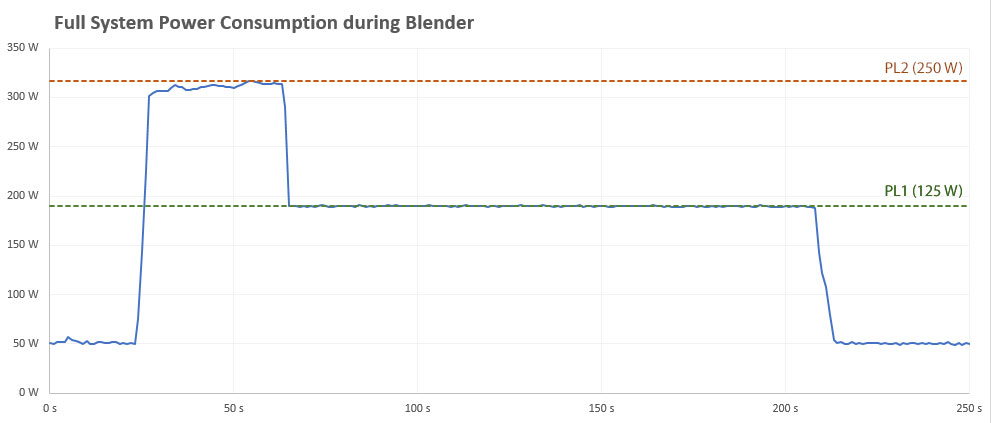- May 4, 2000
- 16,068
- 7,380
- 146
https://www.tomshardware.com/news/ryzen-burnout-amd-board-power-cheats-may-shorten-cpu-lifespan
At least there is a free HWinfo tool (linked to at the end of the article) that lets people see if their motherboard behaves this way.
Unbeknownst to you, your motherboard may be silently killing your Ryzen processor faster than expected. HWinfo introduced a new feature today that the vendor says exposes that some X570 motherboard vendors are clandestinely misreporting key measurements to AMD's Ryzen processors, thus boosting performance. Unfortunately, this tactic is similar to overclocking. It results in higher power draw and more heat production, thus potentially killing Ryzen chips sooner than expected – but all without the user's knowledge.
"I'd like to stress that despite this exploit is essentially made possible by something AMD has included in the specification, the use of this exploit is not something AMD condones with, let alone promotes. Instead they have rather actively put pressure on the motherboard manufacturers, who have been caught using this exploit," The Stilt added.
At least there is a free HWinfo tool (linked to at the end of the article) that lets people see if their motherboard behaves this way.
Last edited:






